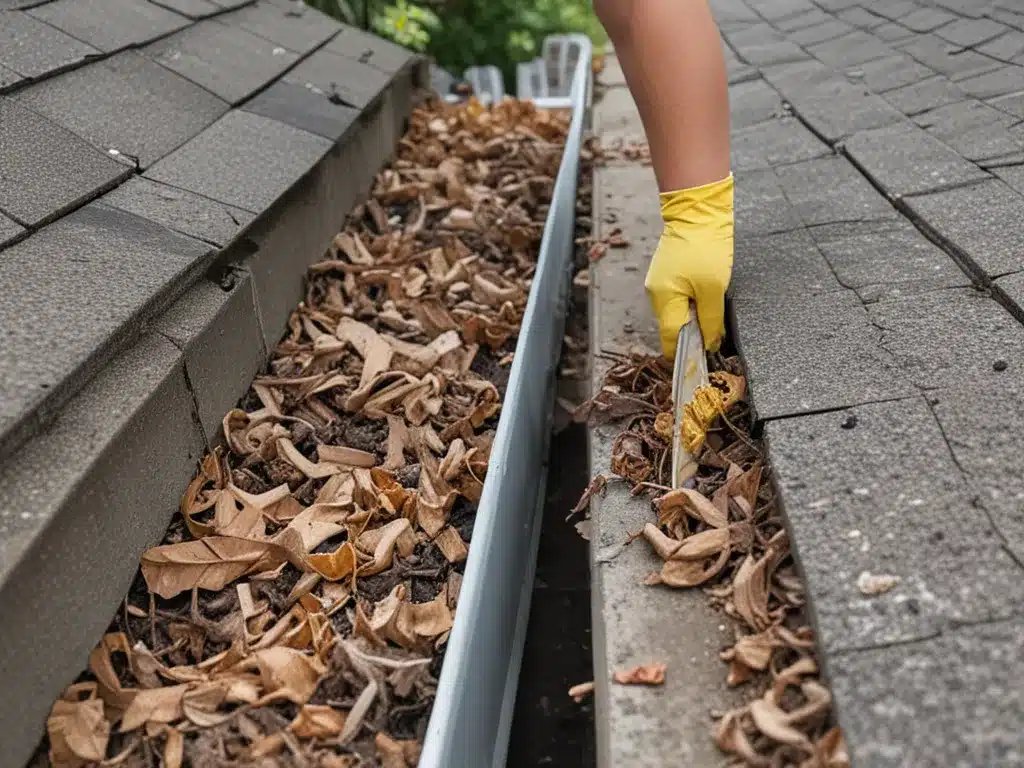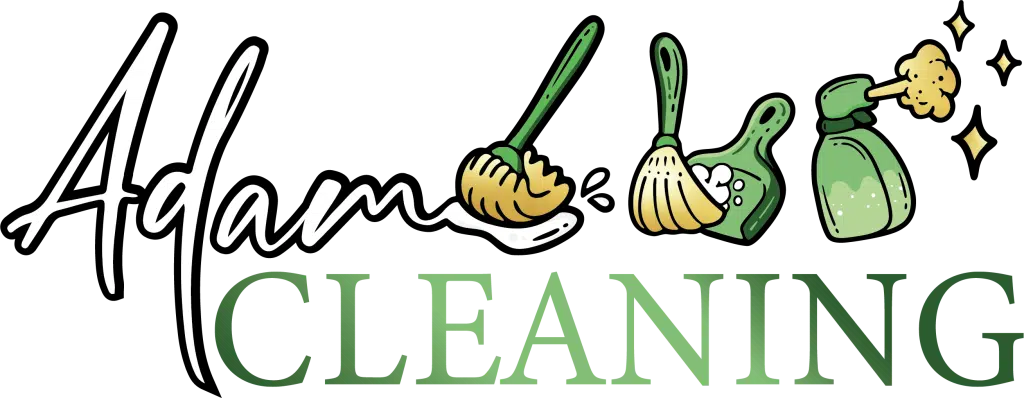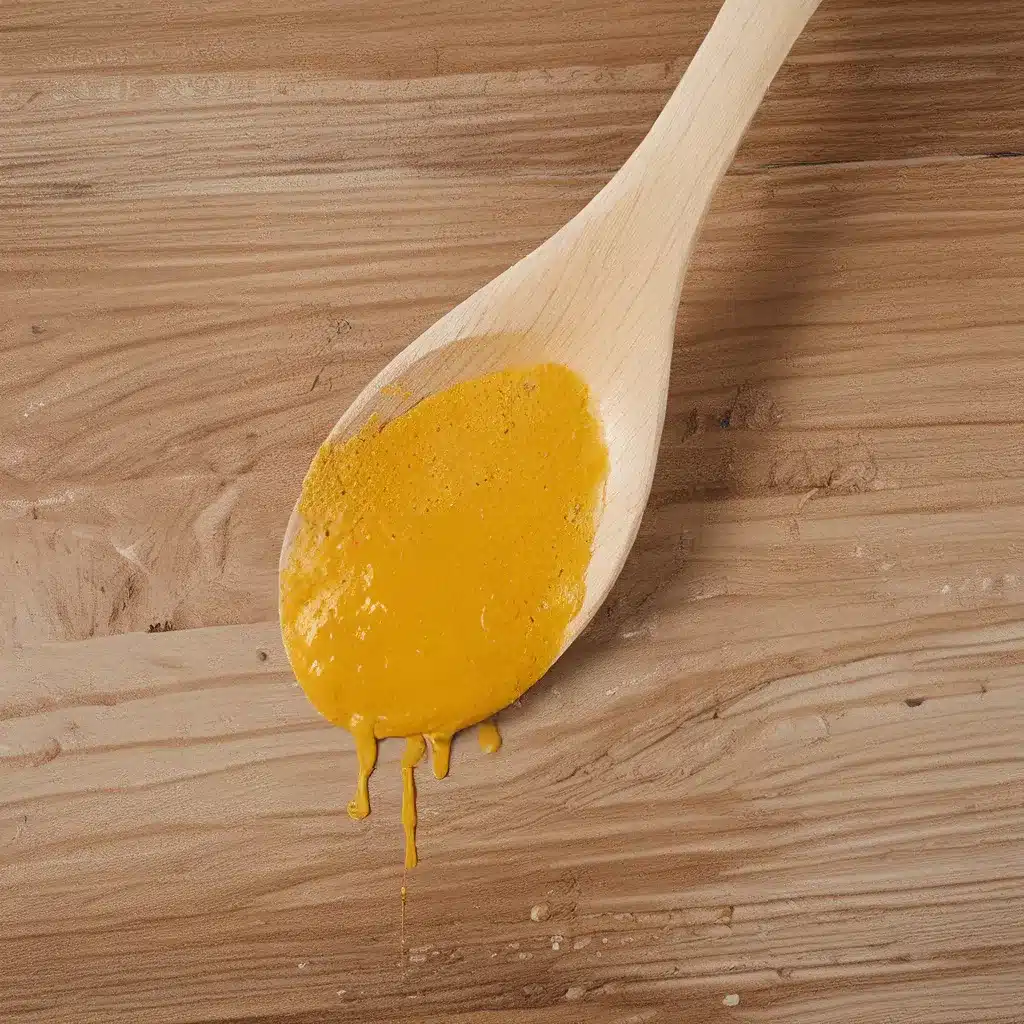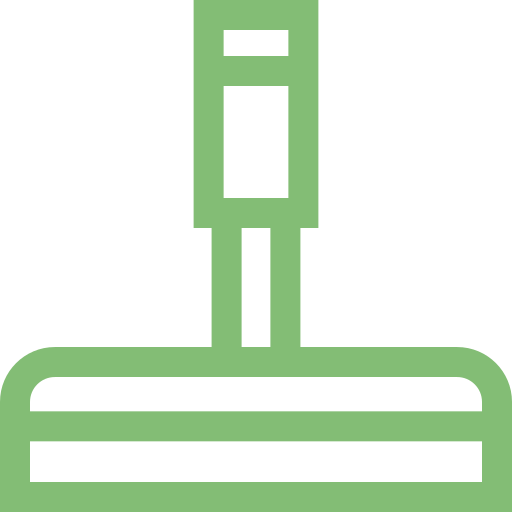
Introduction
Keeping gutters clear of debris is an important part of home maintenance. If gutters become clogged, it can lead to a variety of problems such as water damage, rot, mold, and foundation issues. However, cleaning gutters can also be hazardous if proper safety precautions are not taken. Some of the debris in gutters can contain dangerous substances. This article will provide an in-depth look at how to safely clean out hazardous gutter debris.
Potential Hazards in Gutter Debris
Gutter debris can potentially contain a number of hazardous substances:
Lead
- Older homes may have lead paint on exterior trim, which can chip and get washed into gutters
- Lead exposure can cause serious health effects, especially in children
Asbestos
- Asbestos fibers may be present in old roof shingles or cement gutters
- Asbestos exposure can cause lung diseases like mesothelioma
Chemical Residues
- Pesticides, herbicides, and fertilizers used on roofs and lawns can get washed into gutters
- Exposure to high chemical concentrations can cause skin irritation or other health issues
Mold and Bacteria
- Wet debris in gutters can grow hazardous molds and bacteria
- Exposure can lead to allergic reactions or infections
Sharp Objects
- Gutter debris may contain broken glass, nails, or metal shards
- Cuts and puncture wounds can lead to infection
Safety Equipment Needed
When cleaning out gutters that may contain hazardous substances, proper safety equipment is essential. This includes:
Respirator Mask
- Use an N95 respirator mask to avoid inhaling lead paint dust, asbestos fibers, mold spores, or chemical residues
Gloves
- Wear thick rubber gloves to protect your hands from cutting on sharp objects or exposure to chemicals
Eye Protection
- Use safety goggles to keep debris from getting in your eyes
Long-Sleeved Shirts and Pants
- Wear fully covering clothes to minimize contact between skin and hazardous debris
Boots
- Wear shoes with slip-resistant soles to avoid falls from ladders
Safe Cleaning Techniques
With proper safety gear equipped, here are some best practices for cleaning out hazardous gutter debris:
Work Top-Down
- Start cleansing at the top of the gutter system and work downward to avoid debris falling onto you
Remove Large Debris First
- Pick out and dispose of larger objects like branches before scrubbing
Avoid Power Washing
- Power washing can spread hazardous debris into the air. Remove debris manually with gloved hands instead.
Double Bag Waste
- Place gutter debris into heavy plastic bags, seal, and then place those bags into a second set of bags to contain dust and fibers.
Clean Tools and Clothes
- Scrub tools with soap and water after use. Wash clothes separately from other laundry to avoid cross-contamination.
Shower After Working
- Shower and wash your hair to remove any hazardous dusts or debris from your skin and hair.
When to Call a Professional
In some cases, it is advisable to call in a professional gutter cleaning service rather than attempt to remove hazardous debris yourself:
- If the gutters are extremely high up or difficult to reach safely
- If there are signs of extensive mold or bee/wasp nests in the gutters
- If you lack the proper safety equipment and training to do the job safely
- If the debris could contain unusually hazardous substances like heavy metals or asbestos
Though more costly, hiring professionals with extensive experience in hazardous waste removal is safer and more thorough in these situations.
Conclusion
Cleaning out potentially dangerous gutter debris requires great care and the proper precautions. By donning protective gear, using safe cleaning techniques, and calling in professionals when needed, you can get your gutters cleared of hazardous substances without undue risk to yourself or your family. Maintaining clean gutters will protect your home, while staying safe will protect your health.






